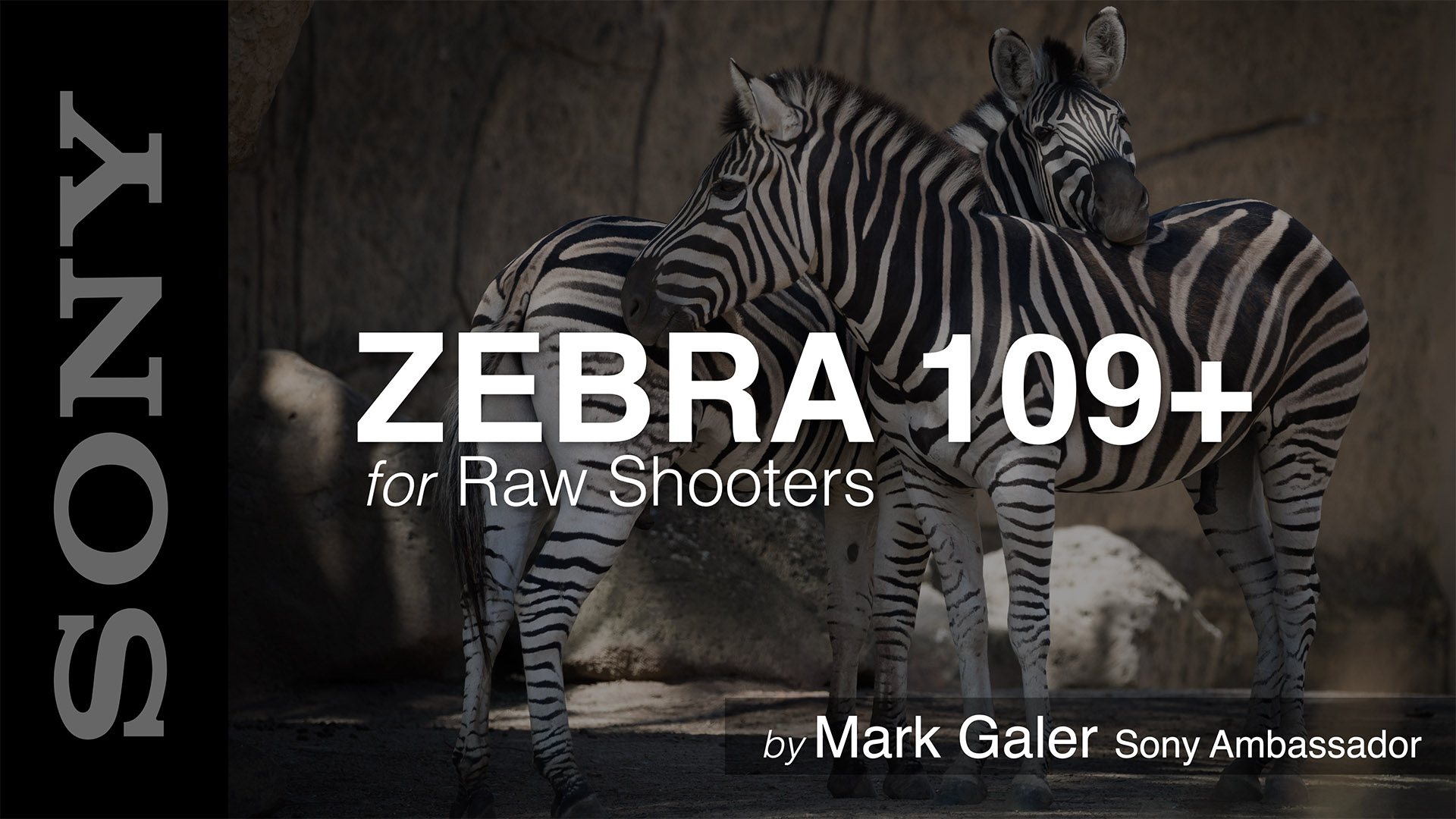Ed Erkes
Active member
I'm not using ISO to ETTR . I said I agreed 100% with Steve's first point. I also stated that I am maximizing image data or "signal". Adjusting ISO does not accomplish this.Its only ETTR if you are adjusting the exposure at base ISO because changing ISO does not add any data to the sensors, it only amplifies what was captured. A proper level of brightness can be obtained with any of the three controls, but you are still only working with what was captured by the aperture and shutter settings (and the latter is even in question form the posts above). People shoot for proper exposure for a variety of reasons rather than ETTR, especially of they do not plan on doing post processing.
--Ken
I'm adjusting shutter speed and aperture for ETTR.
And if you are not post- processing, then you are not getting the best out of your images.


